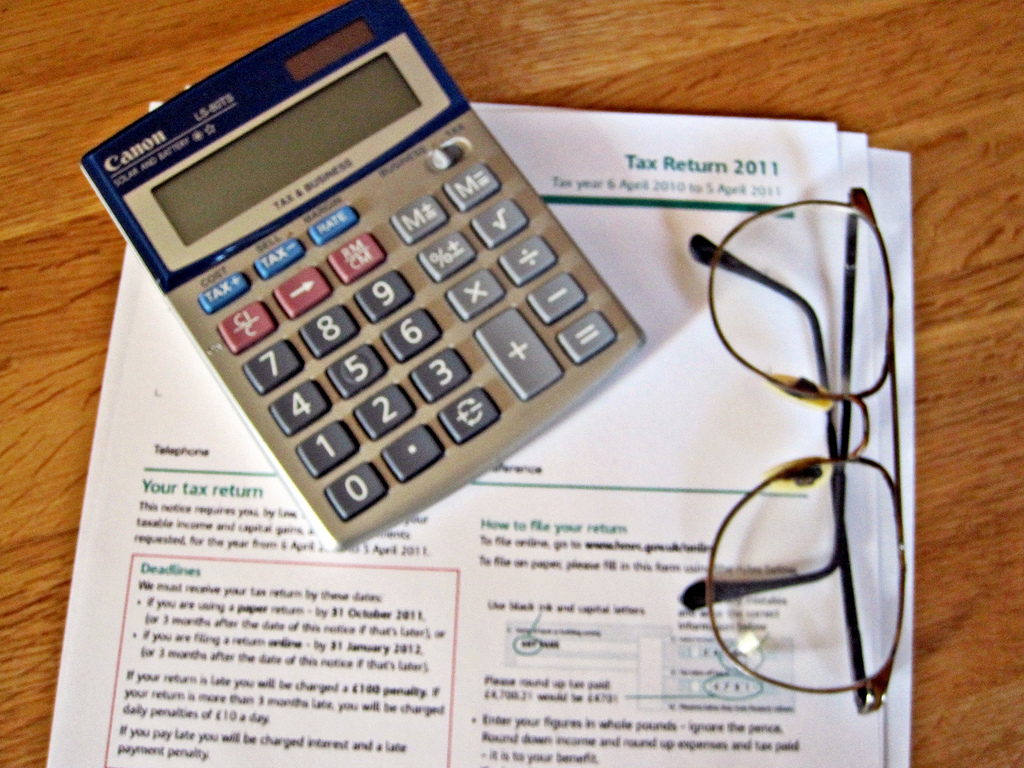Here comes tax season. Whether you hire freelancers or are a freelancer yourself, watch out for the 1099-K.
The introduction of the Form 1099-K a few years ago has many people trying to figure out what they need to do with this information. I receive a 1099-K, and it's brutal because many of my clients are still issuing me 1099-NEC forms — even though they don't need to.
Here are some things I wish my clients knew about the 1099-K.
1. The IRS Doesn't Expect Clients to Issue Me a 1099-NEC
For the longest time, clients have issued me the 1099-NEC (before that a 1099-MISC). If you pay a contractor at least $600 in a year, you're supposed to issue a 1099-NEC. That's The Rule. At least it has been for years.
But now things have changed, thanks to the 1099-K. This is a relatively new form (since 2011) that payment processors like PayPal are required to issue if you make at least $20,000 in a year and engage in at least 200 transactions through the payment processor. (The IRS plans to lower the threshold to $600 to bring it in line with the 1099-NEC, however. That change has been delayed.)
If your client pays you through PayPal (or another third-party processor), they aren't supposed to send a 1099-NEC. But they do anyway. And freelancers and others should know how getting a 1099-K + 1099-NEC can impact them.
I wish my clients understood that they don't have to issue me a 1099-NEC. All it does is muck things up for me. As long as they have good records of payment, they can still list me as a business expense. They just don't need to send the IRS (and me) a 1099-NEC because a third-party payment processor already takes care of it with the 1099-K.
2. Don't Boost My Taxes By Double-Reporting My Income
When you're issued a 1099-NEC, you could end up seeing some income reported twice. For example, say a client pays me $20,000 over the year with a third-party processor. The payment processor sends a 1099-K. The client sends a 1099-NEC. Now that income is reported twice. It looks like I made $40,000 from that one client — even though I only made half that.
While I obviously make more than that total each year, it's not cool that the IRS thinks I make $20,000 more than I do. That's enough to bump me into another tax bracket, and when I'm responsible for the self-employment tax, that extra reporting could result in paying hundreds of dollars more in SE tax than I should. It's the self-employment tax that will really kill you on double-reported income if you're a freelancer.
So, how do I get around paying more in taxes? Well, it means more effort on my part.
3. Clients Create More Work for Me (and Them) with the 1099-NEC
I know some clients have accountants who still don't understand the 1099-K and how it works. Not all clients are up-to-date, and many have different theories about managing businesses and taxes. However, the IRS doesn't expect you to issue me a 1099-NEC, so please don't.
The 1099-NEC forms I get from some of my clients ensure that I have to do extra work. If I want to prove to the IRS that I'm not making as much money as they think I am, I have to reconcile my income. That means going through it all and cross-referencing which items in my PayPal account and other third-party processors correspond with the specific amounts on various 1099-NEC forms.
Note: The IRS doesn't require you to submit a reconciliation with your tax return. So that's nice. However, having a reconciliation available can help prove your case if you end up audited.
Luckily PayPal has made this a little easier by offering a downloadable spreadsheet that includes all the transactions for the year so I can identify the items. But it's a lot of work and a tedious time suck. Plus, if you don't use PayPal and received a 1099-K from a different payment processor, you might have to create the spreadsheet from scratch.
I could be building my business and making more money with the time I spend cross-referencing my 1099-K information with my 1099-NEC forms.
Clients even create more work for themselves (or their accountants) since they have to fill out the 1099-NEC and send it out. That's an expense in itself. Perhaps a small expense and time use, compared to what I have to deal with, but it's still an unnecessary waste of resources.
Bottom Line with the 1099-K
I wish my clients understood these things, like my accountant, Eric Nisall, does. I wish my clients' accountants were as up on things as Eric is. Because this is a mess, and it's been going on since the introduction of the 1099-K. Consult with a tax professional to determine where your 1099s should be coming from. You might not need to receive a 1099-NEC. I'm doing my best to educate my clients, but I fear that this will take even more time before it's widely understood.
Until then, gird yourself freelancers: you can expect to fight with the IRS over double-reported income.
